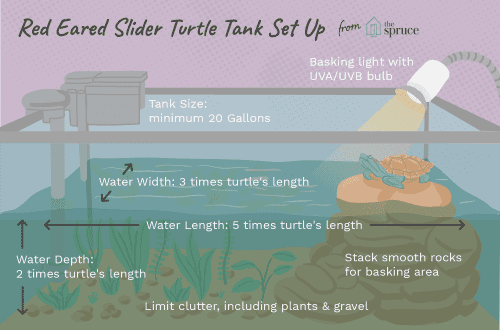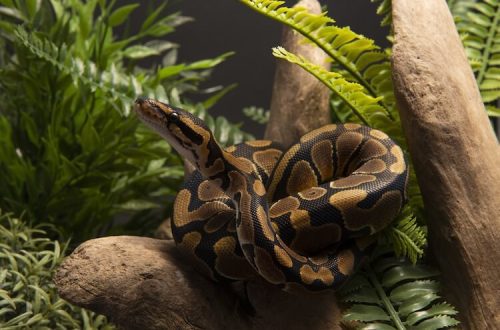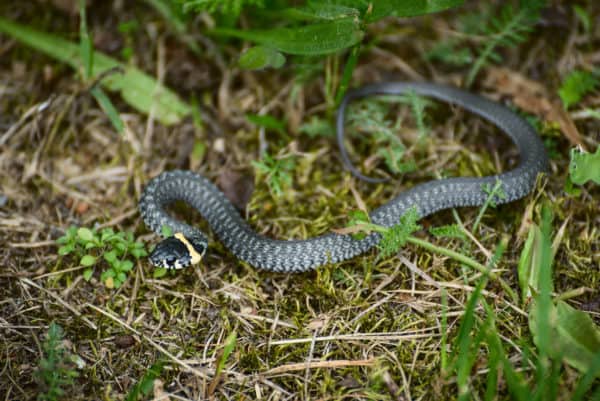
How to keep snakes at home? Quick Guide
Contrary to popular belief, keeping many types of snakes at home is not that difficult. All that is required of you is to create the necessary conditions for keeping, feed on time, change the drinker and keep the terrarium clean.
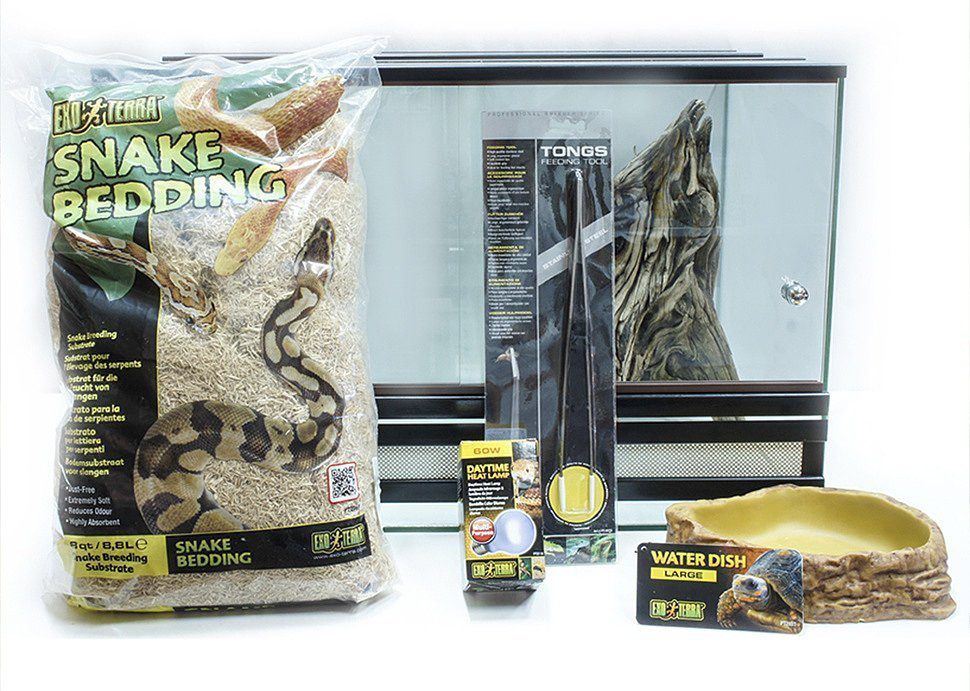
Conditions of detention
First things first, for keeping any reptile terrarium needed, or a plastic cage – free walking around the apartment is not allowed, since reptiles need quite specific conditions that are created in the very necessary volume. And an important note – if you use plastic cages – do not forget to make ventilation there 😉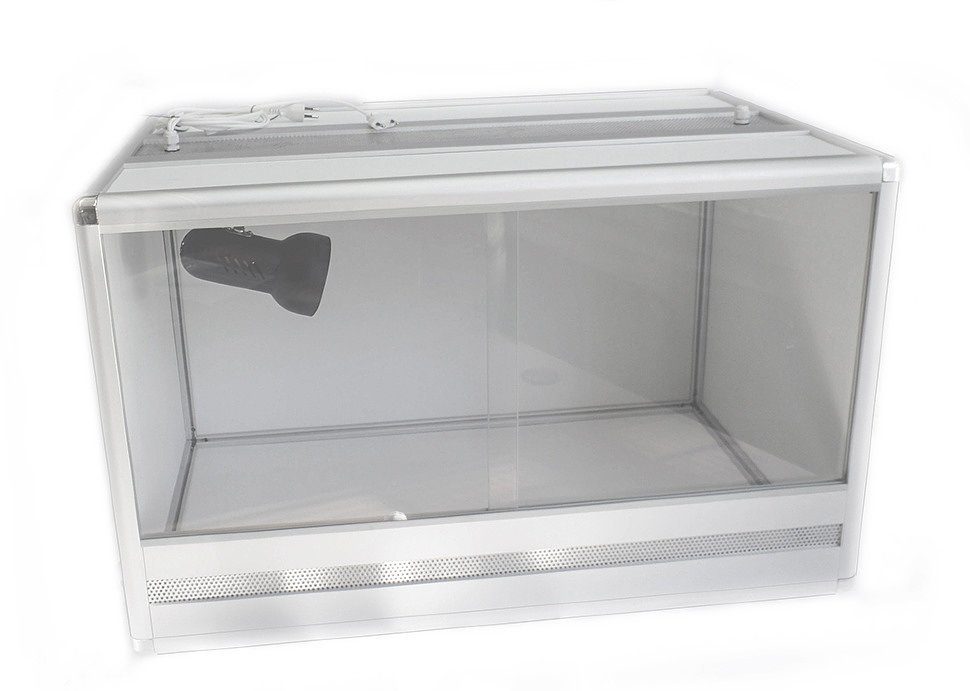
There are three types of terrariums: horizontal (on terrestrial species), vertical (for wood) and cubic (for semi-woody), and their sizes are selected based on the size of the animal. Approximately for terrestrial snakes, you can take the length of the volume equal to 0,5-1,0 of the length of your snake (in adulthood), the width – a third of the snake, the height – at your discretion (height is not so important for terrestrial species). For tree species – the same guidelines, but instead of length there will be height. (For example, for a maize snake (a ground snake 100-120 cm long), a 60 x 40 x 30 cm terrarium is suitable).

So, we have scope for content – what’s next? And then you need to learn that in the terrarium there are always three main attributes: субстрат (litter, filler), heating, drinker.
Substrate for snakes, paper towels, newspapers, moss, coconut chips, etc. can serve. The first two are very practical and cheap, but not very aesthetic (especially if you have a terrarium) and not hygroscopic (do not retain moisture). Moss and coco bedding is also very practical, retains moisture well and looks great in a terrarium, but the price is correspondingly higher.
Note: do not use sand as a substrate for non-sandy snakes!
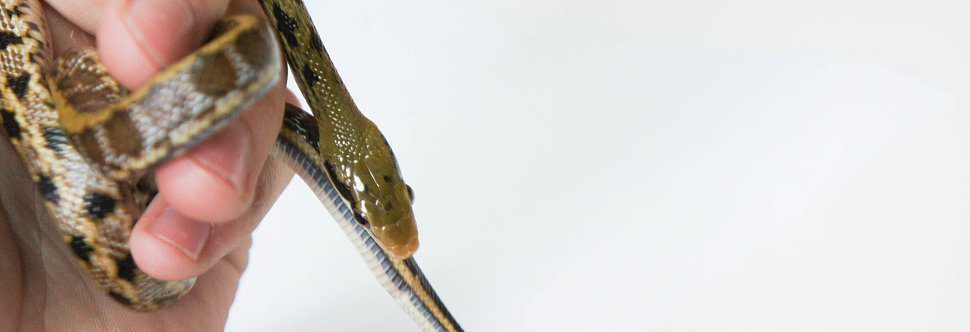
heating a simple incandescent lamp, a mirror lamp, a thermal cord or a piece of underfloor heating can serve. Its essence is the creation of a warm corner of the terrarium so that the snake can warm up if necessary. Heating is supplied to one of the corners of the terrarium, thereby creating a temperature gradient with the opposite angle. This gradient should be 5-10 degrees – for different snakes in different ways. Heating is turned on for 10-12 hours a day. (Example: for many snakes, at the warm-up point, they withstand a temperature of 28-32 degrees, and the background temperature is room temperature – 23-26 degrees).
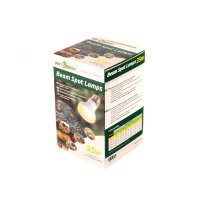
Note: when using lamps – make sure that the snake does not have free access to it, otherwise you can not escape the burn!
Drinker: the size of the drinker should be such that the snake can climb there completely if desired. Water should be changed 2-3 times a week.
Tip: think about it steadilydrinkers, since many snakes cannot live without turning it over.
There is a fourth essential attribute regarding tree snakes, which is vetvi – different diameters and at different heights.
It is also worth mentioning the shelter. It is used to make the snake feel safe, and it must be tight enough for the snake to feel its walls with its body. Whether or not to use cover is up to you.
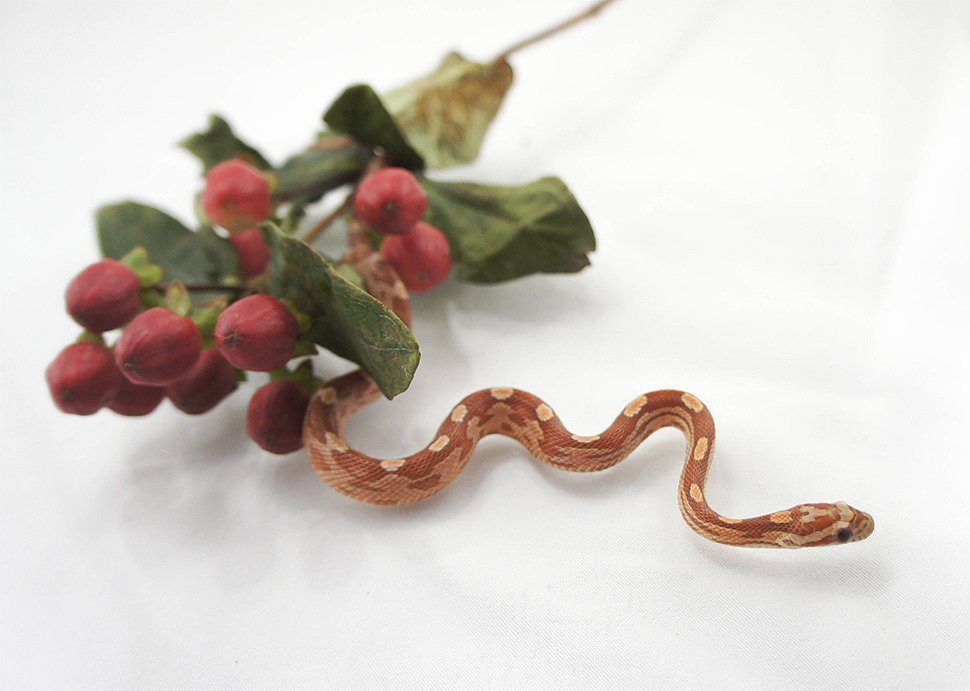
Feeding snakes
To begin with, all snakes kept in captivity are carnivorous and feed on rodents and birds (less often other reptiles, amphibians or insects).
Note: Do not feed snakes chicken legs or pieces of meat! It is not right! And don’t listen to people who say otherwise! Feed your snakes whole food items (KO)! The snake takes everything it needs not only from meat, but also from bones, entrails, skin and feathers.
Over time, you will understand what and how often you need to feed your pet, and at first you can use the following recommendations:
- 1)Feed size: a mouse or rat is roughly the thickest part of a snake.
- 2)Feeding frequency is selected based on the type and size of the snake and KO, but with average parameters for young snakes, this about 1 time per week (and adult boas and pythons are fed every 3-4 weeks).
- 3) Remember the principle: It is better for a snake to underfeed a little than to overfeed.
- 4) If possible, you can diversify the pet’s diet (every 4-5 feedings you can feed, for example, chickens).
- 5) One-day-old chicks have their yolk removed before feeding, as it does not settle in the snake’s body.
- 6) Hamsters are a delicacy for many snakes, but at the same time they are a very fatty food, so do not abuse hamsters (they are most often used to feed non-eating snakes).
- 7) Do not feed snakes in molt.
- 8) Do not climb to the snake after feeding for several days, until it digests. Especially do not climb right after feeding – you risk getting a bite even from the calmest snake.
Well, here, perhaps, is all the most necessary in order to keep a snake at home. This article only provides general guidelines for content. Specific values of temperature, humidity, size of the terrarium should be sought in the information on the content of the species you are interested in.
As you can see, keeping snakes at home is not that difficult, but with a little care, you will get only pleasure from keeping them!
All photos taken from the Internet are used for informational purposes only.
Author: Andrey Minakov



